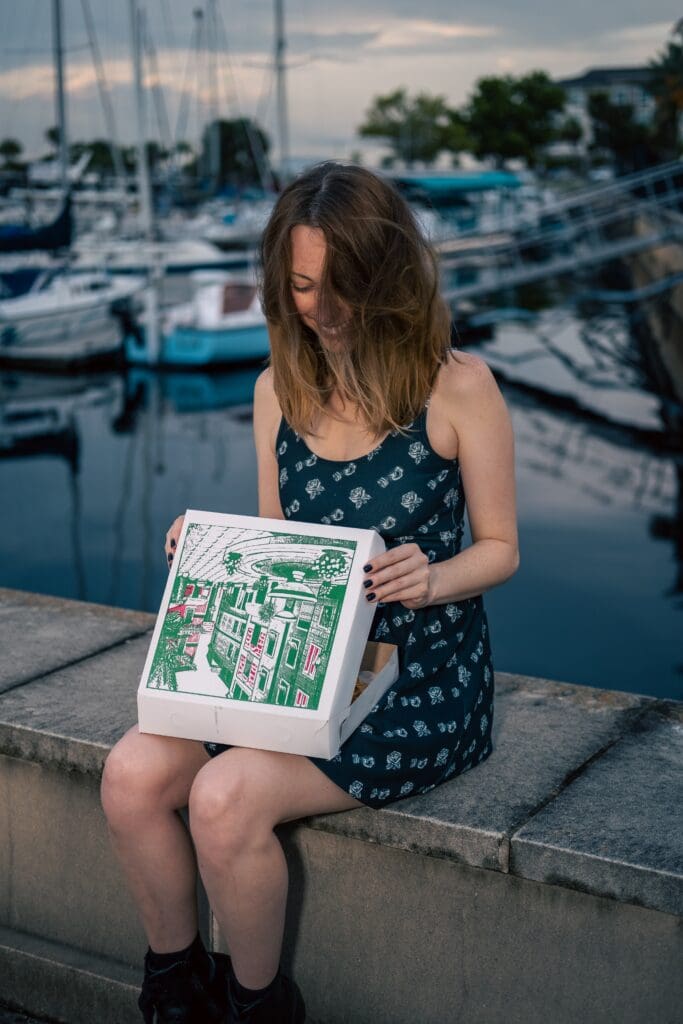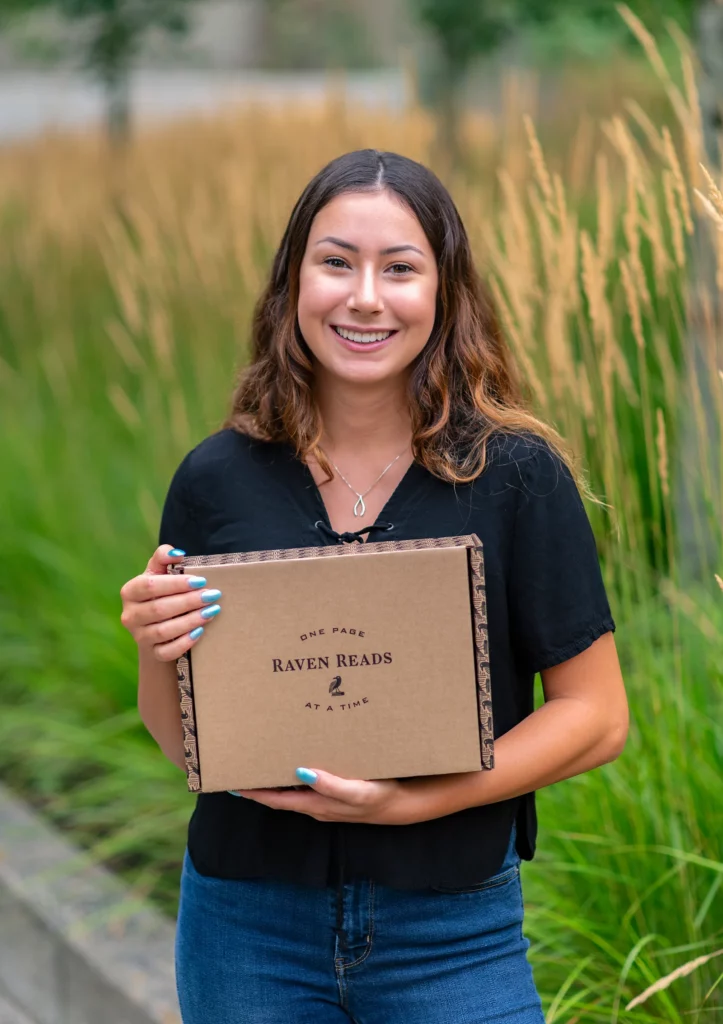It’s no secret that, during the height of the pandemic, we had to adapt the way we shopped. Packages that turned up at our front door became a bright spot in an otherwise—dare we say—unprecedented time. Subscription boxes, in particular, seemed to use these circumstances to capitalize on the “treat yourself” culture many of us leaned on to get through the last two years.

With a plethora of genres to choose from (cosmetics, coffee, cats—you name it), sub boxes have become, in recent years, a way to try a variety of new products without committing. Locally speaking, boxes that cater to Canadian-made goods may be a way to support such businesses during precarious times. And, if you subscribe to hobby-based boxes, like knitting or reading, there could be the additional benefit of social community via online forums and groups. But, with most boxes positioning themselves as providing more value for dollar, do they really deliver? And, with shopping habits returning to pre-pandemic norms, are subscription boxes still relevant?
When it comes to money well spent, a major upside of boxes is their perceived value (for example, receive $500 worth of product for $150). As responsible consumers, we should consider that someone in that equation is paying for the discount consumers receive, and it’s usually the partnering brands. In 2022, many small businesses participating in lifestyle eco box AllTrue lost massive revenue and were forced to lay off employees when AllTrue suddenly stopped shipments and operations. While AllTrue has since relaunched under new ownership, participating brands are still reeling from the fallout. Not exactly the result you want when you’re subscribing, in part, to support local business.
Katrina Bell, founder of Canadian soy-based candle brand The Copper Bell, has found herself on the receiving end of many offers to be included in subscription boxes, with varying degrees of success. “I’ve been in a couple small local boxes and it can be fantastic exposure. I have customers who found me through the box so I can’t knock that. [But] I’m careful to pick ones that actually pay for my work through wholesale rates, so it’s fair compensation.”
Unfortunately, not all subscription boxes are willing to pay fair rates for product. “A Canadian box that specializes in beauty and skincare reached out and positioned it like an alternative to advertising, offering to only pay 15 per cent of retail,” Bell explains. “That’s not even close to my production cost so was an easy ‘no’ for me. I would have probably considered something with huge exposure that paid at least the cost of materials, but it felt ‘icky’ to lose money on something they’re selling for profit.”
Bell isn’t alone. Another Canadian brand specializing in baked goods, but wishing to stay anonymous, reveals they’re consistently asked to participate, and decline every time. “As a brand owner, I get approached constantly by subscription box companies. The majority don’t pay for products, and many require brands to pay to be included. It’s sold to us as a ‘marketing opportunity.’”

While some boxes do deliver on their promise to expose you, the consumer, to well-made local gems (one of our personal favourites is Raven Reads, offering authentic Indigenous books and giftware via curated quarterly and monthly subscription gift boxes), others tend to get repetitive or include too many small samples (how many mini red lipsticks does one need?). A former avid subscriber, Betsey Ward-Jenks, tells us she’d end up regifting most of her box, or throwing out items that eventually broke. “Everything felt like an upsell or a bait-and-switch. Want to get customization? Pay more! Here’s an add-on that you would actually want but they are too pricey … it felt exhausting and I got very little enjoyment.”
Indeed, Ward-Jenks’ sentiment is on an uptick, as consumer data reports subscribers are planning on reducing their monthly box fees significantly, and are underestimating their current spend by 40 per cent (Kearney Consumer Institute).
The bright side? The future value of the subscription economy may just lie in the community it builds rather than the products themselves. When Jennifer Leigh—who at one point gave up her subscription to one of the foremost lifestyle boxes on the market today—decided to give it another shot, she landed on art-focused SketchBox and was pleasantly surprised with the community aspect. “With products ranging from basics to brand new, it’s been an excellent way to build up my art supplies and has helped me find an art community online that has been supportive and celebratory of my journey. I’ve been subscribed for two years and have no plans to unsubscribe.”
Ultimately, while some boxes are repetitive or filled with wasteful unwanted product, doing your “homework” regarding what you want to get out of the experience goes a long way (pro tip: there are many active forums and subreddits on the topic). And, if you are a hobby enthusiast or want to find a like-minded community, there will most definitely be a subscription box for that. —Mahsa Di Placito

Be the first to comment